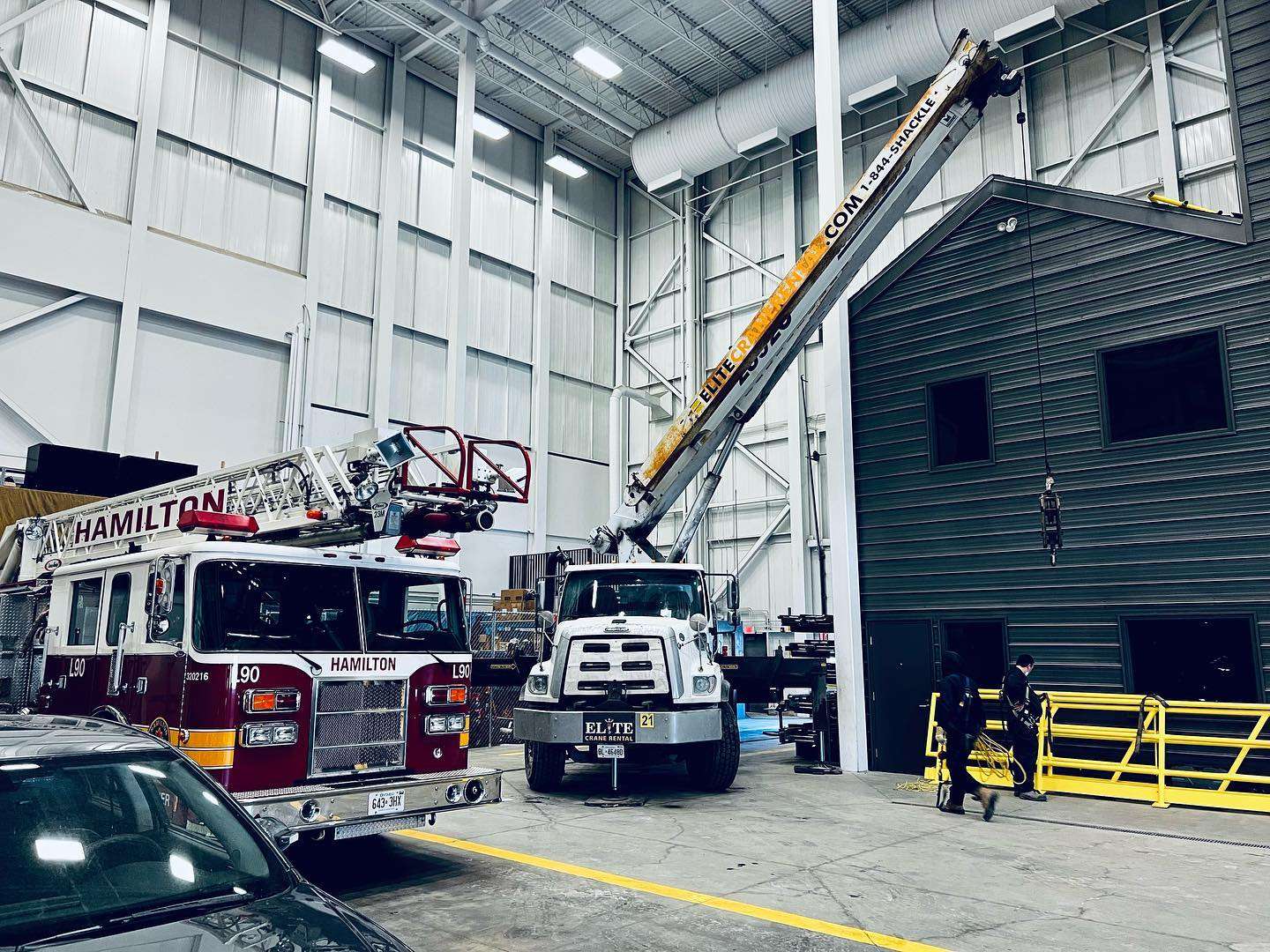Moving to a new home can be an exciting yet overwhelming experience. The process of relocating requires careful planning, organization, and efficient execution. This article provides valuable insights and tips on how movers and packers can ensure a smooth move. From creating a comprehensive moving plan to packing and transporting belongings, we will explore the essential steps and strategies to make your relocation stress-free.
Understanding the Importance of Movers and Packers
Moving can be a time-consuming and physically demanding task. Movers and packers in Dubai are vital in simplifying the process and ensuring a smooth transition to your new home. Their expertise in handling and transporting belongings and efficient packing techniques can save you valuable time and effort.
Planning and Preparation
Assessing Your Needs
Before hiring movers and packers, assessing your specific requirements is crucial. Consider factors such as the size of your home, the number of items to be moved, and any specialized handling needs. This evaluation will help you determine the scope of services you require from the moving company.
Budgeting and Cost Estimation
Create a budget for your move and obtain cost estimates from multiple moving companies. Compare the services offered and their pricing structures to find a balance between quality and affordability. Consider additional expenses such as packing materials, insurance, and any extra services you may require.
Researching and Hiring Reliable Movers
Research and select reputable movers and packers with a proven record of providing quality service. Read customer reviews, check their licenses and certifications, and inquire about their experience handling moves similar to yours. Hiring reliable and trustworthy professionals is essential for a smooth moving experience.
Organizing and Sorting Belongings
Decluttering and Minimalism
Before packing:
- Take the opportunity to declutter your belongings.
- Sort your items and decide what to keep, donate, or discard.
- Embrace minimalism by letting go of things that no longer serve a purpose or hold sentimental value.
Minimizing your load will make the packing and unpacking process more manageable.
Categorizing and Labeling
Categorize your belongings into kitchenware, clothing, electronics, etc. This classification will help you stay organized during packing and make it easier to locate items when you unpack. Label each box clearly with its contents and the room it belongs to. This simple step will save you time and frustration later.
Creating an Inventory
Create an inventory list of all your belongings before the move. This detailed record will serve as a reference in case of any loss or damage during the relocation process. Include descriptions, photographs, and estimated values of valuable items. A comprehensive inventory will provide peace of mind and facilitate insurance claims if necessary.
Packing Techniques and Materials
Choosing the Right Packing Supplies
Invest in high-quality packing supplies to safeguard your belongings during transit. Opt for sturdy boxes, bubble wrap, packing paper, tape, and protective covers for furniture and appliances. Using the appropriate materials will minimize the risk of damage and ensure your things arrive intact at your new home.
Wrapping and Protecting Fragile Items
When packing fragile items, take extra care to protect them from breakage. Wrap delicate items individually with bubble wrap or packing paper and secure them with tape. Use crumpled paper or packing peanuts to fill empty spaces within the boxes, providing cushioning and preventing movement during transportation.
Efficient Packing Strategies
To optimize space and prevent damage:
- Employ efficient packing techniques.
- Place heavier items at the bottom of the boxes and lighter ones on top.
- Utilize blankets, towels, or clothing to pad delicate items and fill gaps.
- Pack similar items together and distribute the weight evenly across the boxes for easier handling.
Loading and Transportation
Loading Heavy and Bulky Items
Ensure proper lifting techniques when loading heavy or bulky items and use equipment like dollies or straps. Seek assistance from professionals or friends to avoid personal injuries. Securely fasten large items to prevent shifting during transit, reducing the risk of damage to both the items and the moving vehicle.
Securing Belongings during Transportation
Properly secure all packed boxes and furniture within the moving vehicle. Use straps, bungee cords, or ropes to prevent movement during transit. Fragile items should be placed strategically to minimize the chances of collisions or crushing. Taking these precautions will help safeguard your possessions while on the move.
Choosing the Right Transport Vehicle
Consider the size and capacity of the transport vehicle when selecting one for your move. Ensure that it can accommodate all your belongings comfortably. If you have delicate or valuable items, discuss with the movers if any special handling arrangements or climate-controlled vehicles are necessary.
Unpacking and Setting Up
Unpacking Essentials and Prioritizing
Begin unpacking by focusing on essentials such as bedding, toiletries, and kitchen supplies. Set up these items first to ensure a smooth transition into your new home. Prioritize unpacking rooms that you use frequently, such as the bedroom and kitchen, while tackling other areas gradually.
Assembling Furniture and Arranging Rooms
Assemble furniture pieces following the manufacturer’s instructions or seek professional help. Arrange your furniture and belongings to optimize space and suit your lifestyle. Take time to envision the layout and make adjustments as necessary to create a comfortable and functional living environment.
Ensuring Safety Measures
During unpacking, be mindful of safety measures. Remove packing materials, boxes, and clutter to prevent accidents or tripping hazards. Check that electrical outlets, appliances, and fixtures function correctly and that qualified professionals handle installations or repairs.
Additional Services and Insurance
Storage Facilities
If you require temporary storage for your belongings, inquire about the availability of storage facilities. Reliable movers and packers may offer secure and climate-controlled storage options. Assess your storage needs and discuss the duration and cost with the moving company.
Insurance Coverage
Protecting your belongings during a move is crucial. Inquire about insurance coverage options provided by the moving company. Evaluate the extent of coverage, including liability for loss or damage, and consider additional insurance if needed. Understanding your insurance coverage will provide peace of mind throughout the relocation process.
Conclusion
Moving to a new home doesn’t have to be a stressful experience. You can ensure a smooth and hassle-free move by hiring professional movers and packers, creating a detailed plan, and following efficient packing and unpacking techniques. Remember to communicate effectively, address concerns promptly, and provide feedback to help enhance the moving experience for yourself and others.










